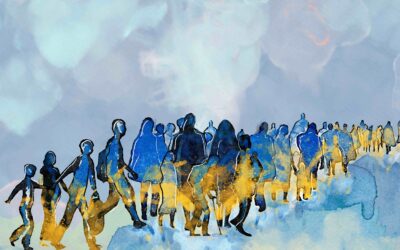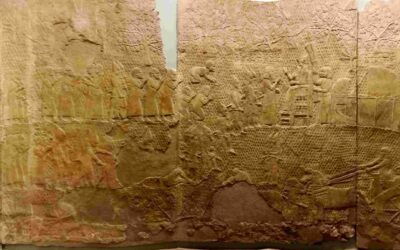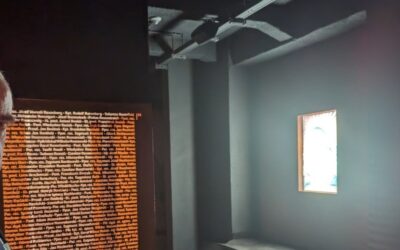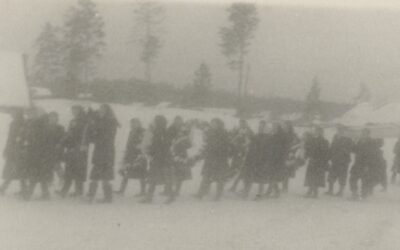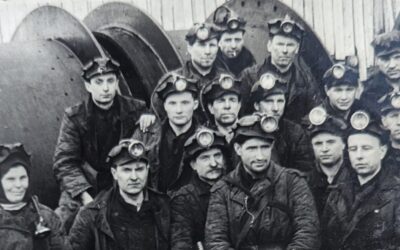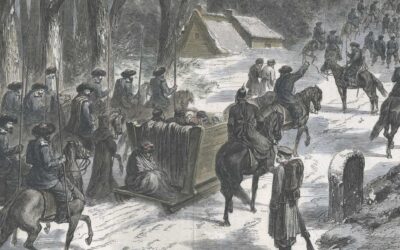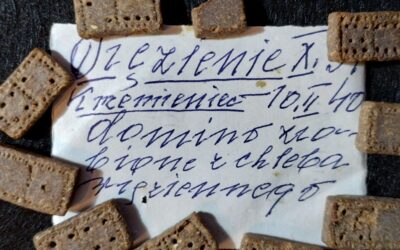The Bezhensty and Prisoners of War in the Steppes of Kazakhstan and Central Asia – Presence and Repatriation
Dmitriy Panto: The First World War (1914-1918) was the greatest epochal experience for the whole world and for Europe in particular. The war effort forced hundreds of thousands of people to leave their homes and seek refuge in safer places. Poles were not only active participants in this conflict on each of the warring sides, but also victims of both warfare and political decisions.
Long History of Deportation Practices in Ukraine
Yevhenii Monastyrskyi In April 2024, 161 children deported by Russians from Ukraine were found in Germany. We don’t know for sure how these children ended up in the European Union, but there’s an important detail in this story that’s been overlooked by major...
From the children’s eyes: the Bărăgan deportation
The Bărăgan deportations represented the Romanian Communist regime’s decision in the 1950s to relocate approximately 44,000 people who lived near the Romania–Yugoslavia border.
“By transforming a country into a wasteland, they proclaim to have delivered peace.”*
Ryszard Kulesza: Probably all over the world, in all places on earth, from ancient times to the most recent, smaller and larger empires have used deportations.
Historical policy in Russia as a substitute for state ideology
Jan Rachinskij: Today, history politics occupies roughly the same place in Russia as ideology did in Soviet times. And it is not just about imposing state-approved interpretations of events.
“Our stolen youth weeping for its stolen homeland” (Dalia Grinkevičiūtė) – A child´s memories of deportation from Lithuania to Siberia
Vytenė Muschick: Dalia, her brother Juozas, and her parents were deported to Siberia from their hometown of Kaunas during the first mass deportations on 14 June 1941. She was 14 years old at the time and her brother Juozas was 17. That deportation consisted of over 12,000 people; 5,060 of these were children, and 863 more children were later born in exile
Union of Defenders of Freedom in Polesie and in labour camps 1946-1956
The formation of the underground youth organisation the Union of Defenders of Freedom (ZOW – Związek Obrońców Wolności) in Polesia in 1946 arouses amazement and admiration for the heroism and determination of a group of Polish youth. After two years of activity, many of its members found themselves in labour camps in Vorkuta.
Maria Obuchowska-Morzycka’s journey to Siberian Arcadia
Wiesław Caban, Lidia Michalska-Bracha: Maria Obuchowska-Morzycka followed her husband into Siberian exile in 1863.
She Kindled a Light of Hope: The Extraordinary Fortune of Dr. Zofia Teliga-Mertens and Her Family
She kindled a light of hope: the extraordinary fortune of Dr. Zofia Teliga-Mertens and her family.





